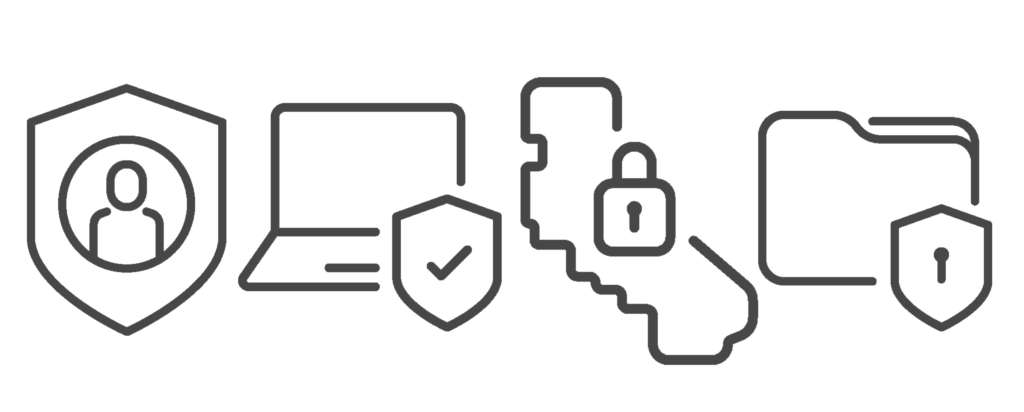With data breaches and unauthorized access posing a greater threat to businesses, organizations are under increasing pressure to strengthen their security approach to protect critical information and assets. Role-Based Access Control stands out as a powerful and efficient approach to managing user permissions and decreasing risk potential. ReconaSense leverages RBAC as part of its dynamic security strategy and to streamline the management processes.
Defining Role-Based Access Control:
Also known as role-based security, role-based access control (RBAC) assigns permissions and limitations to users based on their role within an organization, ensuring employees can only access information needed to perform the necessary actions for their job responsibilities. This strategy takes a structured and controlled approach, making it beneficial for security environments as it strengthens protections, improves the management experience, and enables compliance and scalability for businesses.
Enhanced Safety:
RBAC reduces the risk of unauthorized access by granting permissions based on business roles. Users are defined by their job title, and will be automatically assigned access and limitations while maintaining ability to perform responsibilities. In principle of least chance, RBAC mitigates attacks and limits the damage that can be done if an account is compromised. The advantages of RBAC provide prevention of unauthorized access, protection for sensitive data, and defense against insider threats.
Simplified Management:
With RBAC, organizations can define roles that align with their organizational structure and business functions. As employees join, promote, or leave the organization, they can easily adjust access rights by assigning or deleting roles. This eliminates the need to manage permissions individually for each user, saving time and reducing the chances of human error.
Improving Compliance:
Compliance with industry regulations and data protection laws is paramount for organizations across industries. RBAC helps achieve and maintain compliance by ensuring that access privileges comply with legal requirements. By creating permissions for specific applications, organizations can easily determine if access is allowed based on job responsibilities.
Agility and Scalability:
Organizational agility and scalability are achievable in even the most dynamic environments. As a company expands or changes structure over time, administrators can easily modify or extend roles, adapt privileges based on department or project team, change the number of users, and implement newly added applications or resources. By enabling efficient access management, businesses have the flexibility to evolve without the need for extensive reconfiguration.
ReconaSense is an advanced security intelligence platform that leverages risk mitigation strategy to combat threats. RBAC is an essential component in fostering a strong security posture, as user permissions are consciously defined with boundaries. Administrators can manage and guards can monitor through a single cohesive interface.
With our Sensitive Compartmented Information Facilities (SCIF) Kit, ReconaSense takes the principles of RBAC and pushes it a step further. Grant access based on schedules, location, and identity; or limit access based on occupancy, device, threat levels, and much more. With a seamless onboarding process, sync existing user directories to establish a baseline for smooth deployment.
ReconaSense supports today’s organizational needs for stronger security measures, simplified access management, compliance, rapid scalability, and increased operational efficiency. ReconaSense RBAC can provide organizations with a powerful tool to manage access rights, mitigate risk, and protect critical assets from unauthorized access. As threats continue to evolve in today’s digital landscape, adopting these standards creates stability and comfort for businesses.

